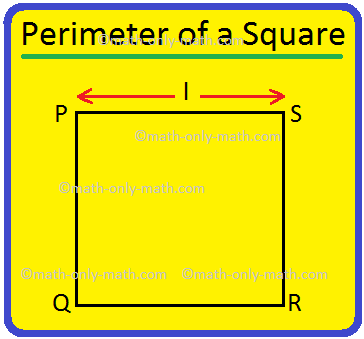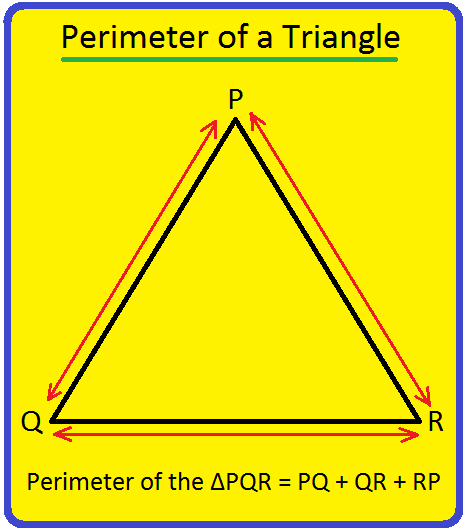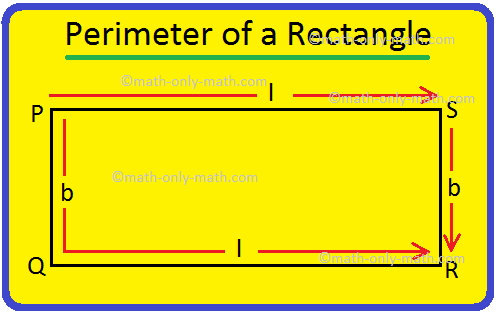Multiplication of Integers
In multiplication of integers, we use the following rules:
Rule 1
The product of two integers of opposite signs is equal to the additive inverse of the product of their absolute values.
Thus, to find the product of a positive and a negative integer, we find the product of their absolute values and assign minus sign to the product.
For example:
(i) 7 × (-6) = - (7 × 6) = -42
(ii) (-9) × 5 = - (9 × 5) = -45
(iii) 3 × (-9) = - (3 × 9) = -27
(iv) (-4) × 5 = - (4 × 5) = -20
Rule 2
The product of two integers with like signs is equal to the product of their absolute values.
(i) The product of two positive integers is positive.
In this, we take the product of the numerical values of the multiplier and multiplicand.
For example; (+ 7) × (+ 3) = + 21
(ii) The product of two negative integers is positive.
In this, we take the product of the numerical values of multiples and multiplicands and assign (+) sign to the product obtained.
For example: (- 7) × (- 3) = + 21
Thus to find the product of two integers, either both are positive or negative, we find the product of their absolute values.
For example:
(i) 7 × 11 = 77
(ii) (-9) × (-12) = 9 × 12 = 108
(iii) 5 × 12 = 60
(iv) (-9) × (-13) = 9 × 13 = 117
In this order the rules are used in multiplication of integers.
● Numbers - Integers
Properties of Multiplication of Integers
Examples on Multiplication of Integers
Properties of Division of Integers
Examples on Division of Integers
Examples on Fundamental Operations
● Numbers - Worksheets
Worksheet on Multiplication of Integers
Worksheet on Division of Integers
Worksheet on Fundamental Operation
From Multiplication of Integers to HOME PAGE
Didn't find what you were looking for? Or want to know more information about Math Only Math. Use this Google Search to find what you need.
Recent Articles
-
Perimeter of a Square | How to Find the Perimeter of Square? |Examples
Apr 25, 24 05:34 PM
We will discuss here how to find the perimeter of a square. Perimeter of a square is the total length (distance) of the boundary of a square. We know that all the sides of a square are equal. Perimete… -
Perimeter of a Triangle | Perimeter of a Triangle Formula | Examples
Apr 25, 24 05:13 PM
We will discuss here how to find the perimeter of a triangle. We know perimeter of a triangle is the total length (distance) of the boundary of a triangle. Perimeter of a triangle is the sum of length… -
Perimeter of a Rectangle | How to Find the Perimeter of a Rectangle?
Apr 25, 24 03:45 PM
We will discuss here how to find the perimeter of a rectangle. We know perimeter of a rectangle is the total length (distance) of the boundary of a rectangle. ABCD is a rectangle. We know that the opp… -
Dividing 3-Digit by 1-Digit Number | Long Division |Worksheet Answer
Apr 24, 24 03:46 PM
Dividing 3-Digit by 1-Digit Numbers are discussed here step-by-step. How to divide 3-digit numbers by single-digit numbers? Let us follow the examples to learn to divide 3-digit number by one-digit nu… -
Symmetrical Shapes | One, Two, Three, Four & Many-line Symmetry
Apr 24, 24 03:45 PM
Symmetrical shapes are discussed here in this topic. Any object or shape which can be cut in two equal halves in such a way that both the parts are exactly the same is called symmetrical. The line whi…





